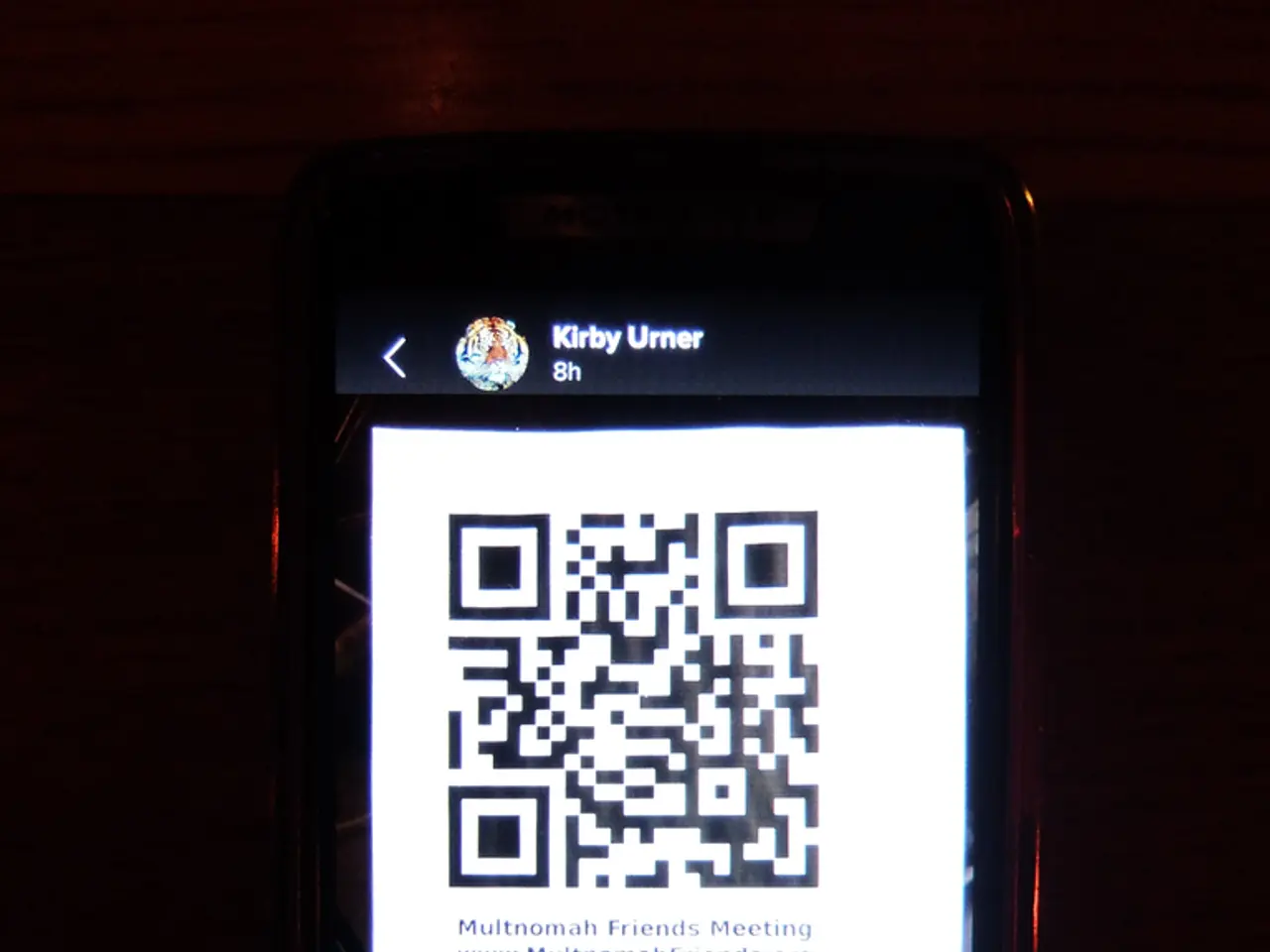Medicare Savings Program Qualification: Eligibility based on income and additional criteria
The Qualified Disabled and Working Individuals (QDWI) Medicare program, a crucial support for disabled individuals who are working and paying Medicare Part A premiums, has specific income and resource limits in 2025. Although the annual income limit is set at $23,475 for individuals, the monthly income limit is not explicitly detailed.
Unlike its counterparts, QDWI does not have an asset limit similar to Medicaid-based programs like QMB, SLMB, and QI. While these programs have asset limits, they are not applicable in the same way for QDWI as it is not a Medicaid-linked program.
Key differences between QDWI and other Medicare Savings Programs (MSPs) include income limits, asset limits, eligibility criteria, and benefits. QDWI has a higher income limit compared to other programs, with an annual income limit of $23,475 for individuals. On the other hand, programs like QMB, SLMB, and QI have lower income limits.
In terms of asset limits, QDWI generally does not have any, while QMB, SLMB, and QI do have asset limits, typically $9,940 (individual) and $15,600 (married couple) for QMB and SLMB in 2025. However, for QI, the asset limit is slightly lower at $9,660 (individual) and $14,470 (married couple).
The eligibility criteria for QDWI are designed for disabled individuals who are working and pay Medicare Part A premiums, whereas QMB, SLMB, and QI are designed for low-income individuals who need help with Medicare premiums and, in some cases, other costs like deductibles and co-payments.
The benefits provided by QDWI are limited to helping pay Medicare Part A premiums for disabled individuals who are unable to receive Medicaid because they are working. In contrast, QMB offers the most comprehensive help, covering virtually all of a person's Parts A and B costs. SLMB and QI, on the other hand, cover only Part B premiums.
It is important to note that QDWI puts limits on countable and uncountable resources. Countable resources include bonds, stocks, money in a savings or checking account, while uncountable resources include one car, a person's home, furniture, other household items, a burial plot, and up to $1,500 earmarked for burial expenses.
Out-of-pocket costs for Part B include a monthly premium, annual deductible, and coinsurance. Part B covers doctor visits, lab tests, medical equipment, and other out-of-pocket healthcare services.
Individuals can apply for QDWI at their state Medicaid office or by calling Medicare at 800-633-4227. If a person does not receive a renewal notice, they can contact their local Medicaid office to find out what to do. After approval, a person needs to renew their QDWI enrollment annually in case their circumstances change.
The other three Medicare Savings Programs (MSPs) have eligibility requirements involving only income and resource limits. These programs are available to those who qualify. As of 2025, the monthly income limit for an individual is $5,302, and for a married couple, it is $7,135.
In conclusion, the Qualified Disabled and Working Individuals (QDWI) Medicare program is a vital resource for disabled individuals who are working but struggle to afford Medicare Part A premiums. Understanding the key differences between QDWI and other MSPs can help individuals make informed decisions about their healthcare coverage.
The Qualified Disabled and Working Individuals (QDWI) Medicare program, unlike its counterparts, does not have an asset limit similar to Medicaid-based programs like QMB, SLMB, and QI. Unlike programs like QMB, SLMB, and QI that have lower income limits, QDWI has a higher income limit of $23,475 annually for individuals.
In terms of benefits, the QDWI program, unlike QMB, covers only Medicare Part A premiums for disabled individuals who are unable to receive Medicaid due to employment. On the other hand, QMB offers the most comprehensive help, covering virtually all of a person's Medicare Parts A and B costs.




